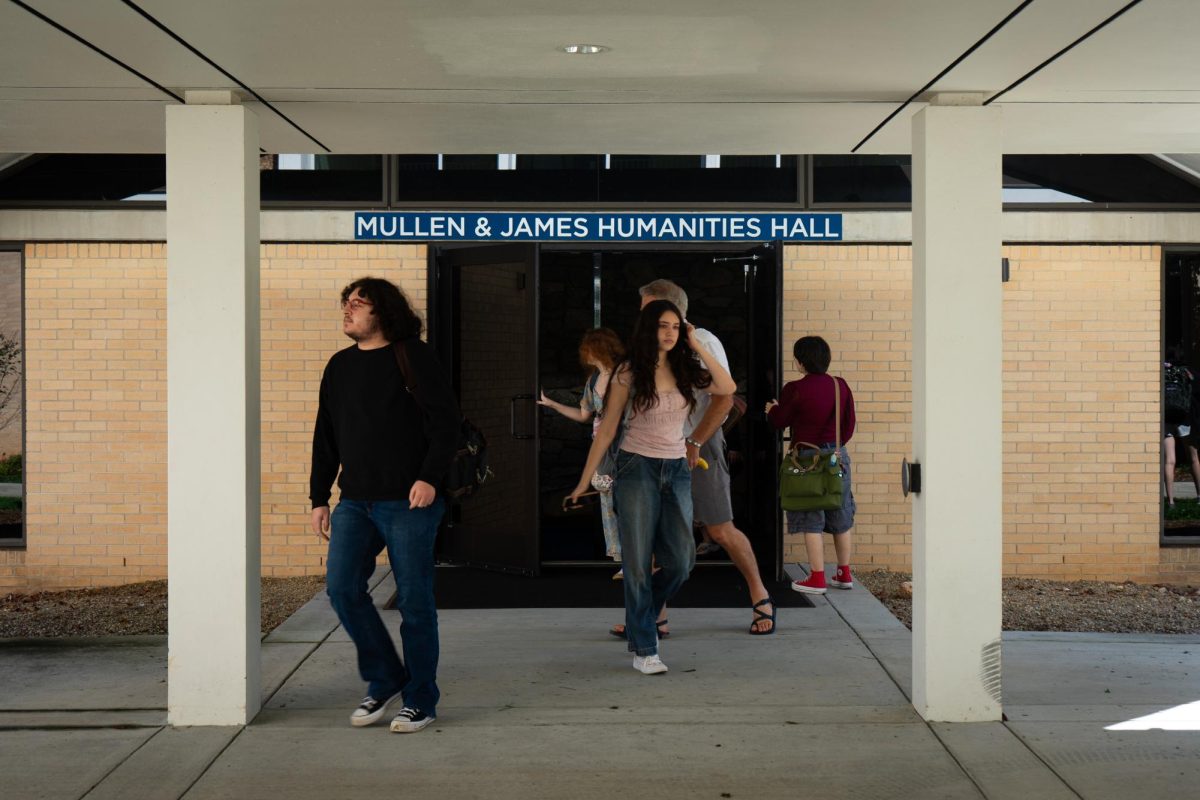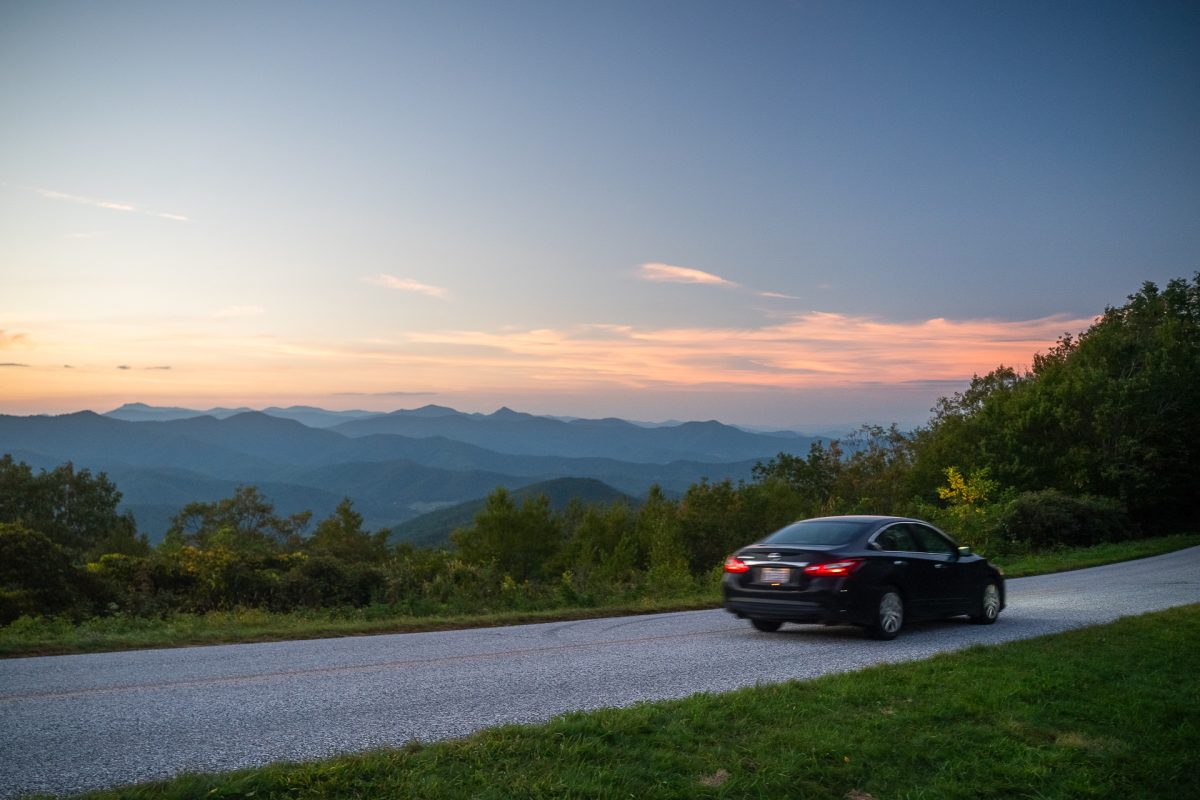By Johnny Condon – [email protected] – Contributor | April 1, 2015 |
The Asheville Housing Authority plans to redevelop the Lee Walker Heights neighborhood.
Olufemi Lewis, an activist and Lee Walker Heights resident, said neighbors in her community are being forced out, and this is creating problems.
“What the problem is, is that you have individuals who have been over there, for multiple generations. Since the existence of public housing,” Lewis said, “they want to stay on the side of town they know.”
Gentrification is both the favorable and unfavorable aspects of change, according to an article by the Department of Interior Architecture at UNC Greensboro. In public use it is often referred to as unwanted neighborhood change.
There are 18,102 renter-occupied housing units in Asheville, according to the U.S. Census Bureau website. As of 2013, the median rent is $839. This is 8 percent higher than the state median of $776.
Forty-seven percent of renters within the city are cost burdened, according to the City Government website. This means more than 30 percent of their income is spent on housing cost and utilities.
Rental rates have risen in recent years, and this is due to the city’s attractiveness, said Jeff Konz, UNC Asheville dean of social sciences.
“Asheville is a very desirable place to live,” Konz said, “and we’re seeing that in second homes and retirement, and that does drive up housing prices as a whole.”
Ryan Wargen, an A-B Tech student, said he moved here for the culture in Asheville, although it was difficult to find housing.
Wargen said he did not have a lot of options, but would rather pay less for housing at the expense of quality.
Kristi DeCarlo, a seven-year Asheville resident, said she had similar difficulties. Originally DeCarlo lived in Woodcroft Apartments, which assisted low-income residents.
“At the time I was making over 30 grand a year,” DeCarlo said, “and I had the cheapest apartment I could find just to make ends meet.”
Whether or not rising rent contributes to gentrification is a different question, Konz said. The city asked for proposals as alternatives to gentrification, according to the Asheville Government website. Lewis said this is all in reference to the same subject.
“They’re using other language. They’re saying sustainable communities. Sustainable for who?” Lewis said. “That makes it sound like it’s not gentrification.”
Some Asheville businesses have implemented a living wage, Konz said. This sounds ideal, though a difficult concept to define. Lewis said a living wage, education and cooperative economics are the only solution.
The impacts of rising rent can be found elsewhere, DeCarlo said. New hotels are pushing away local business to create an upscale tourist economy.
Asenath Heanes, a 15-year Asheville resident, said this has created tension among the community.
“Asheville, it’s a tourist town. It’s where the rich come. I worked at the Grove Park and they had the richest people come,” Heanes said. “So, this town, they should pay the people who take care of them.”
This issue has deeper roots, Lewis said. Communities such as Lee Walker Heights were designed for low-income residents 50 years ago. Now, Lee Walker Heights is set to be demolished.
“It just makes it hard to determine that after you gentrify us,” Lewis said, “where do we go?
Categories:
Residents ousted in lieu of newcomers
April 1, 2015
0
More to Discover


![Brooke Pedersen [second from the right] and Luis Reyes [right] hold banners during the Wrap The Woods event.](https://thebluebanner.net/wp-content/uploads/2025/09/ELIZABETH_PRITCHITT_IMG_3470-1200x804.jpg)
















